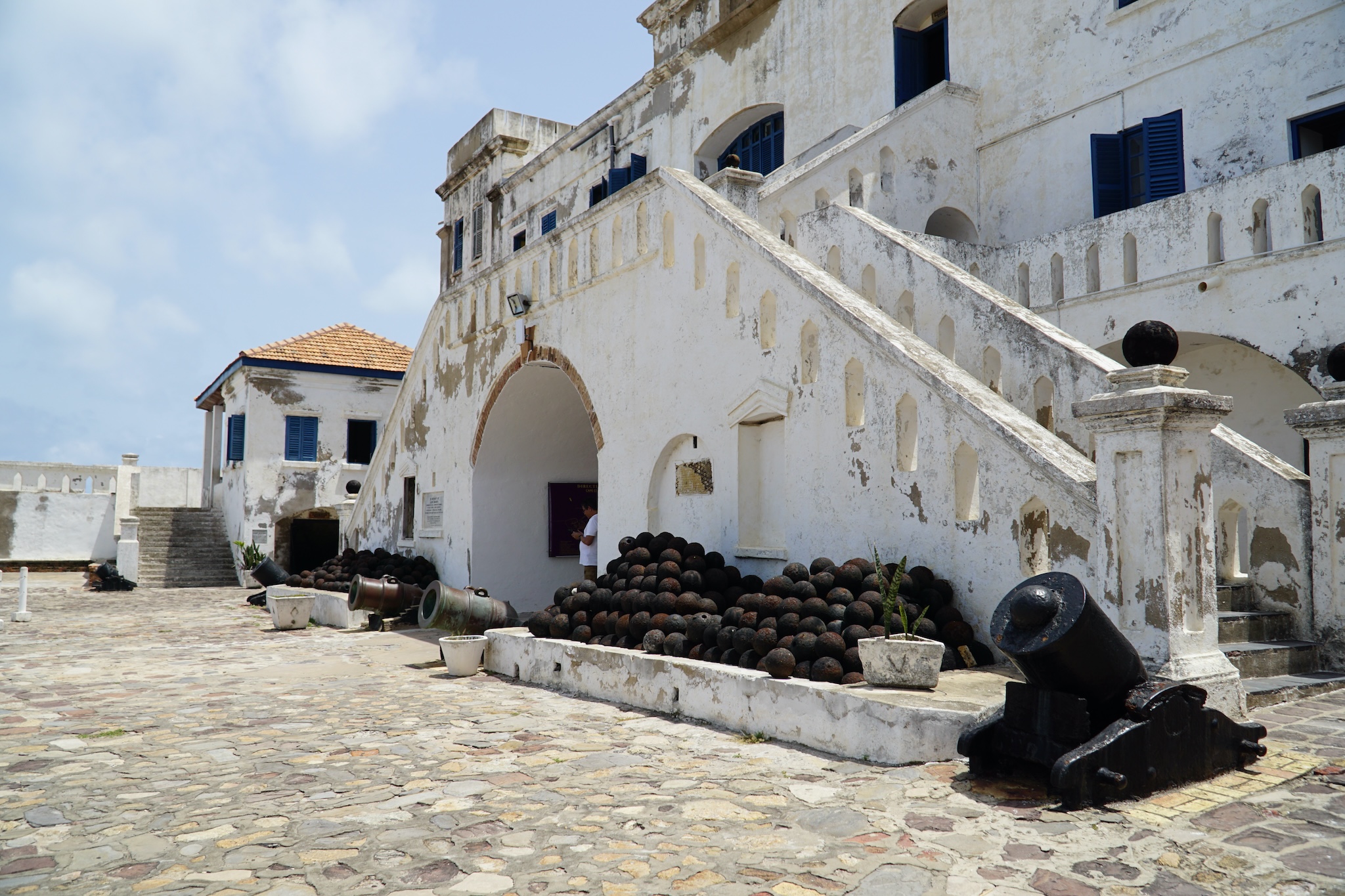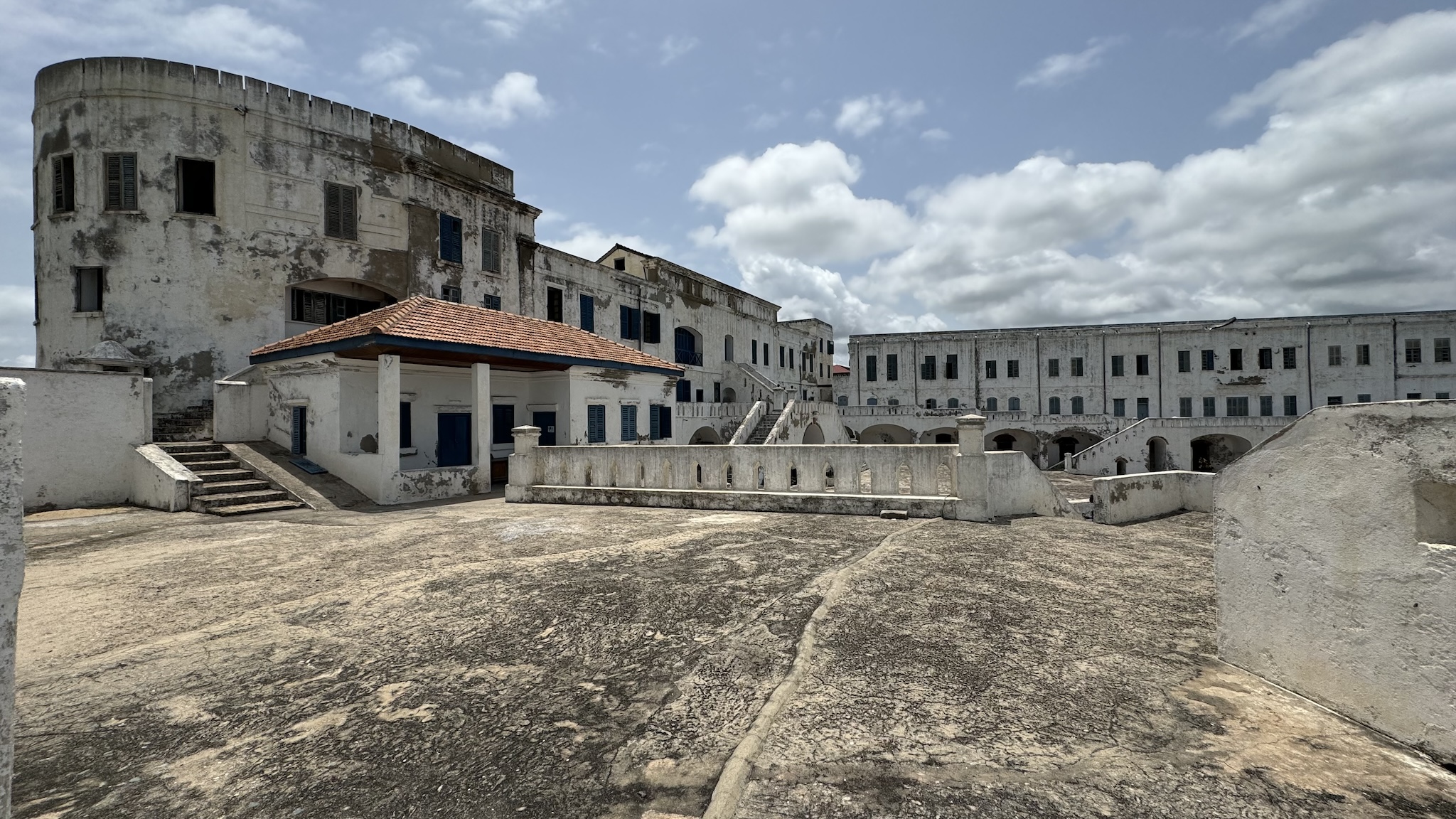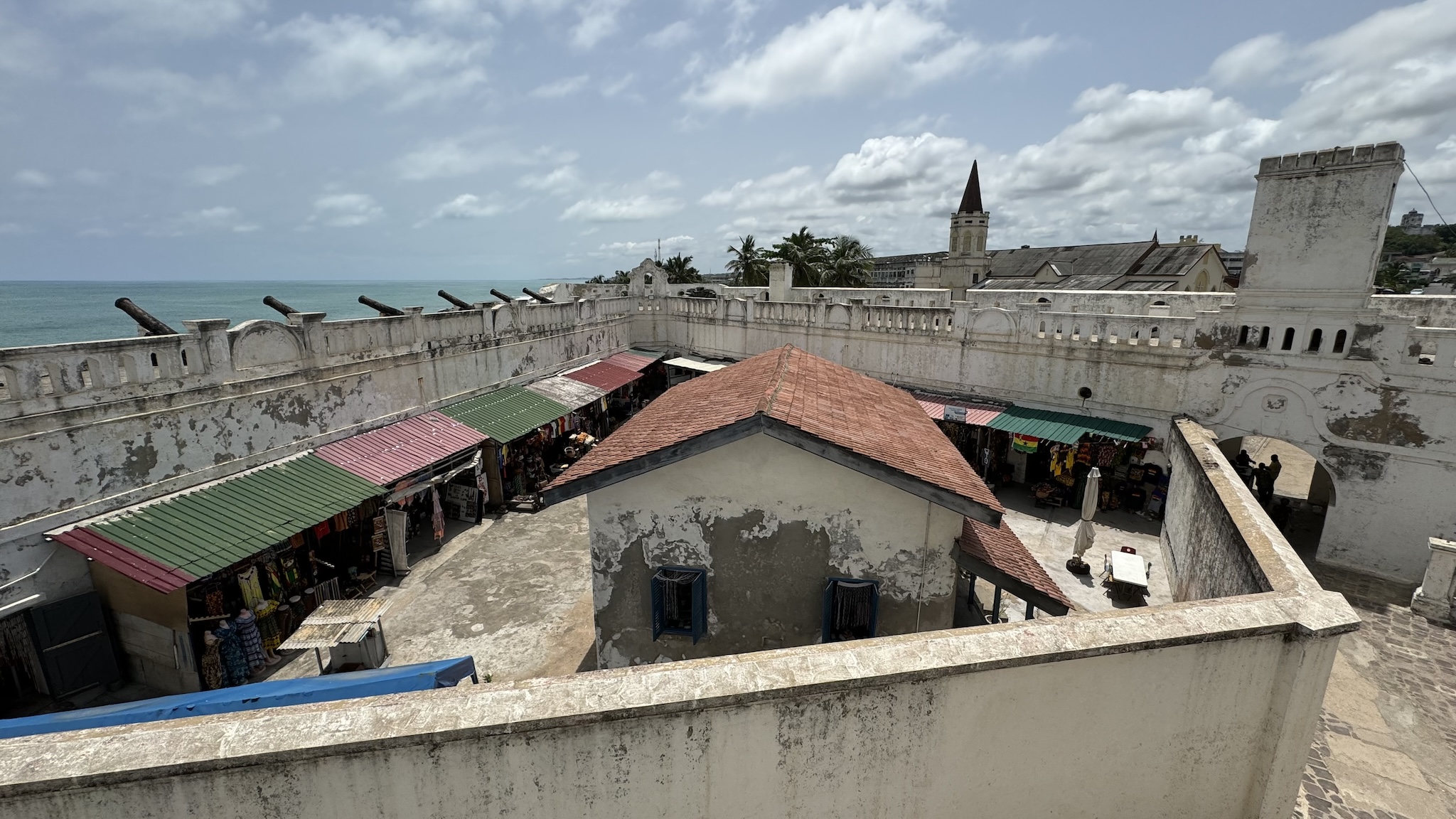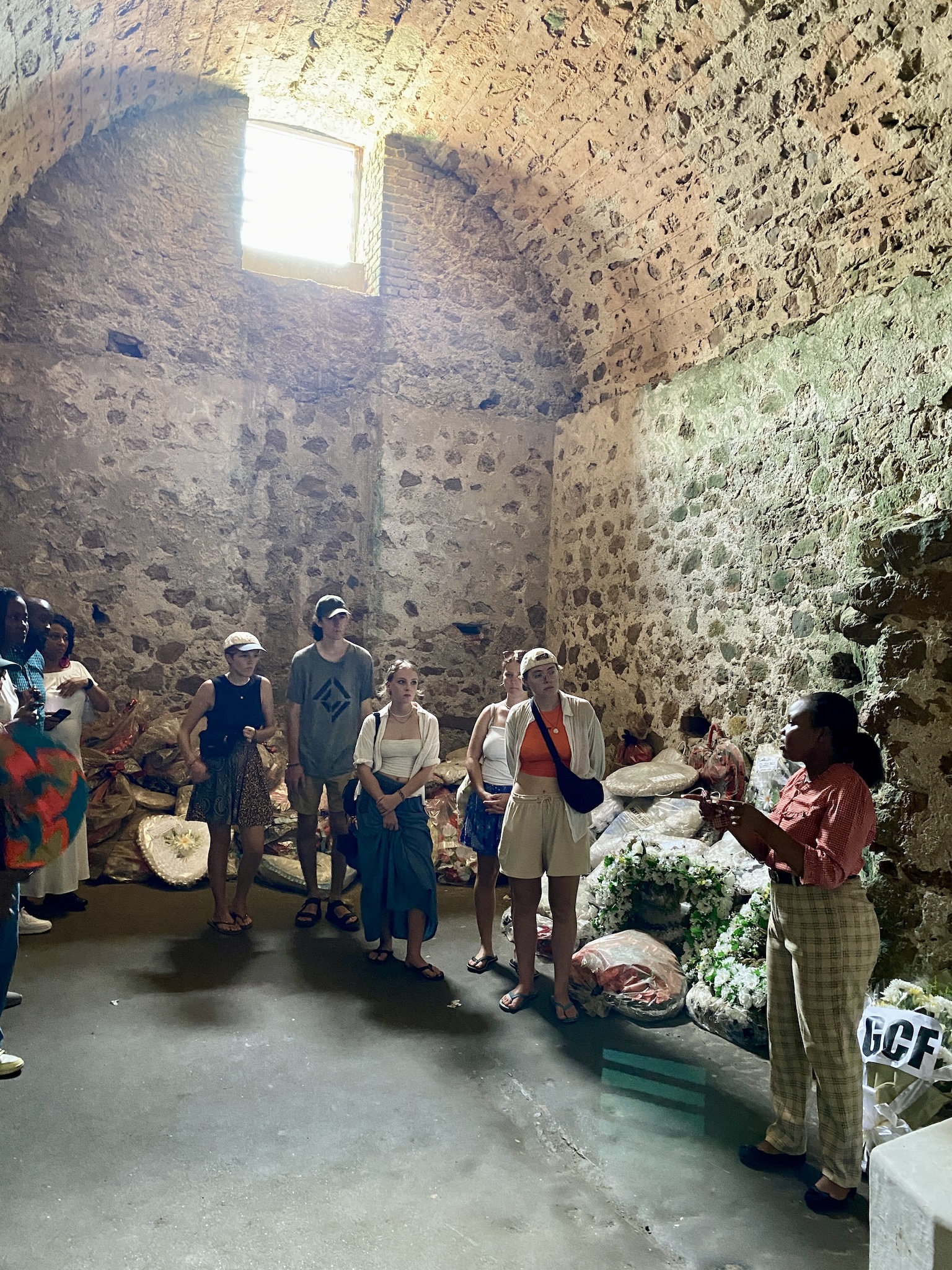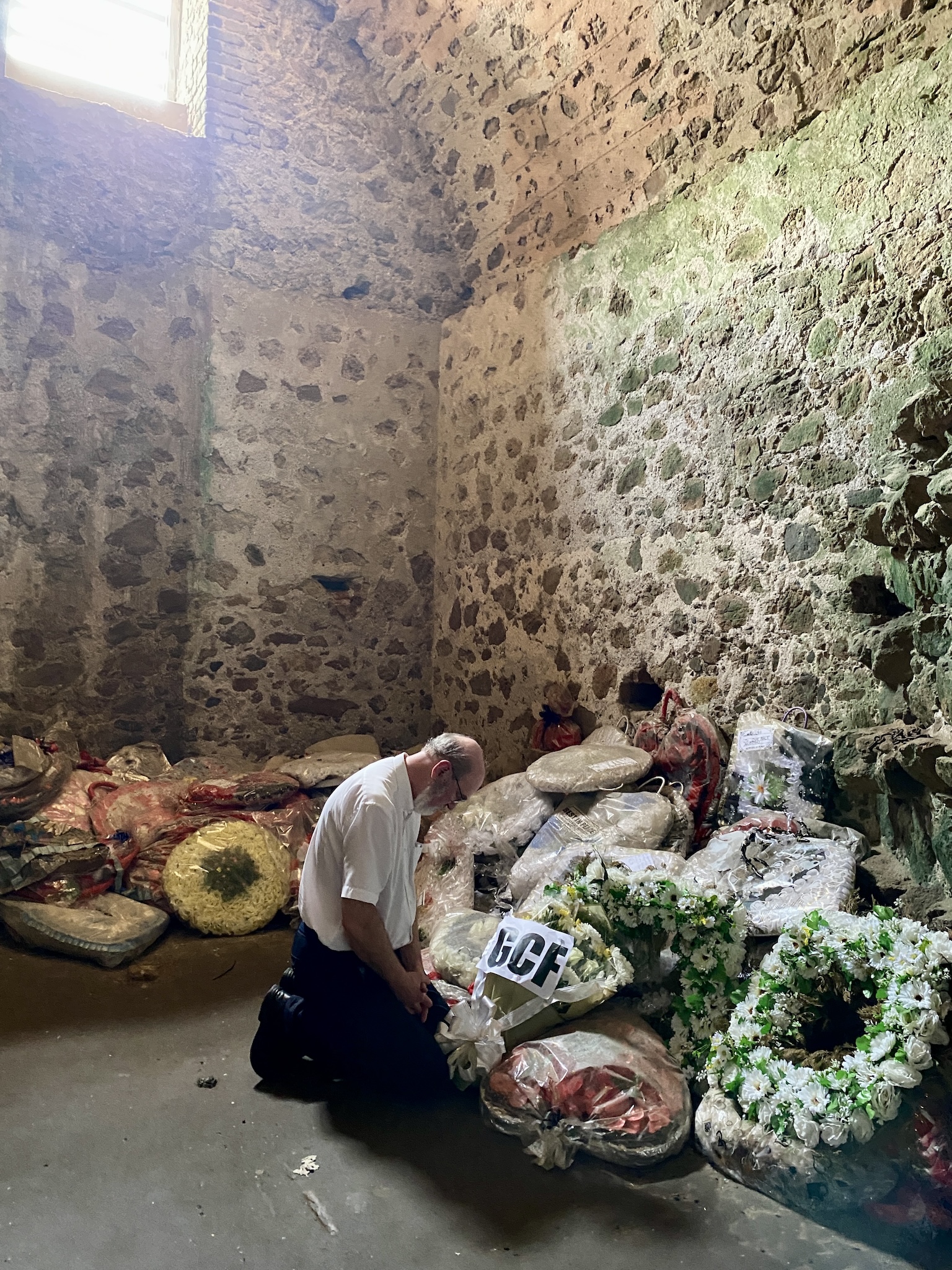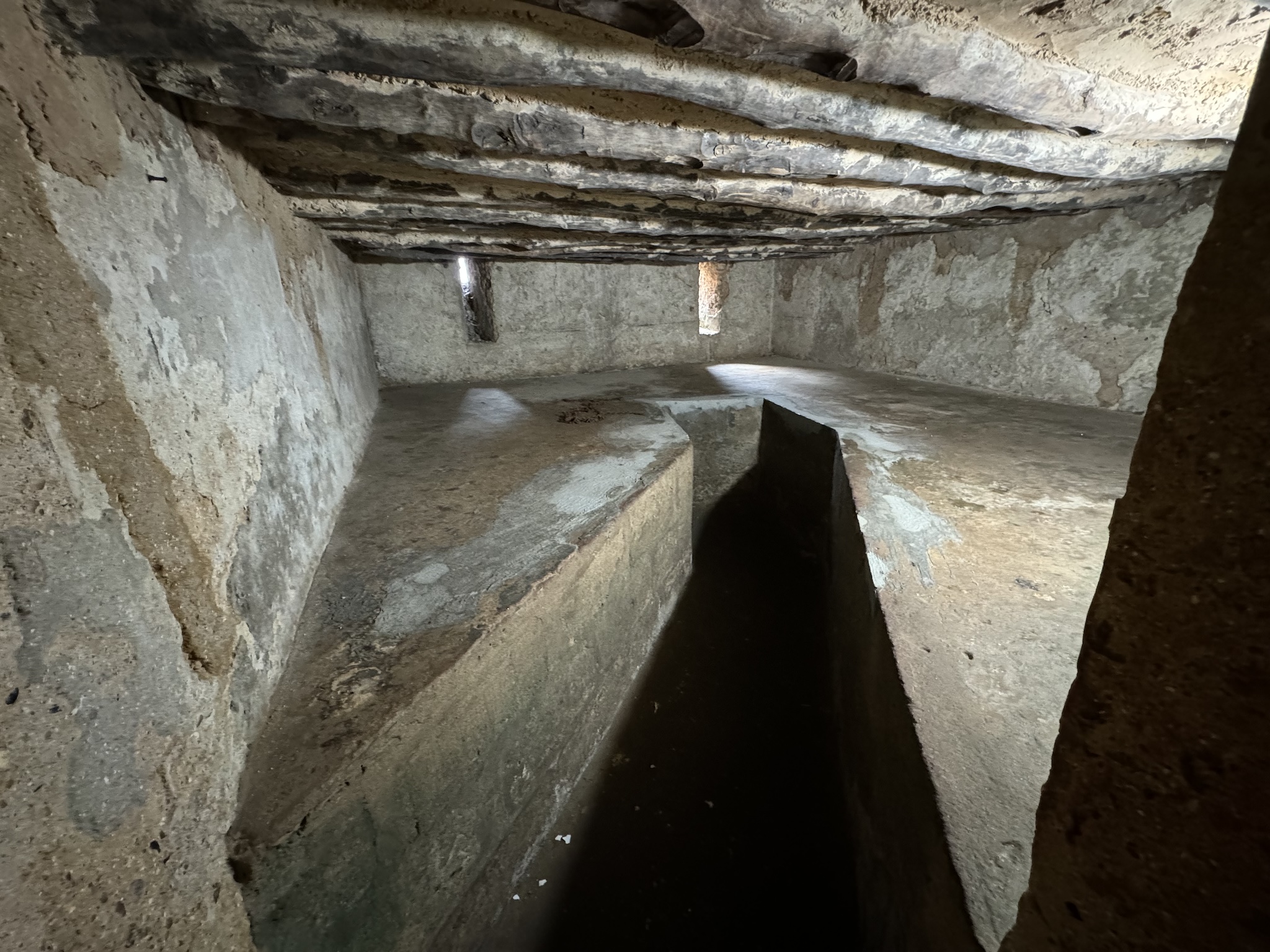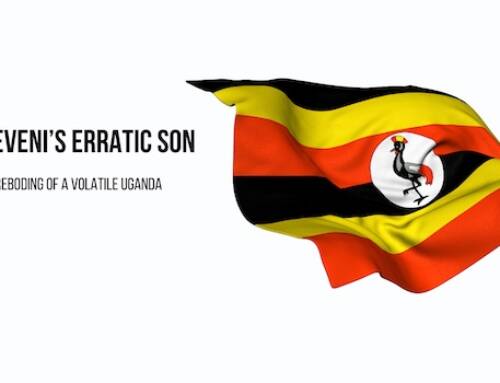
Schirrmacher visits former slave prisons in Africa

Thomas Paul Schirrmacher, President of the International Society for Human Rights(ISHR) and author of several books on the history of slavery, human trafficking and racism, has visited two of the most important historical memorials to the intercontinental slave trade in Africa, namely in Ghana and Zanzibar. Both sites are UNESCO World Heritage Sites, one with a stronger Christian and one with a stronger Islamic historical reference.
On Ghana’s Gold Coast, Schirrmacher visited Cape Coast Castle, one of around 35 historic forts on the Ghanaian coast. Like most of the other forts on the so-called “Gold Coast”, Cape Coast Castle served as a prison for slaves who had been captured for sale and transport to the European colonies in North and South America and often had to wait for months in the fort’s cellar dungeons for the next slave ship before they were finally taken through a narrow cellar passage to the beach for loading. Cape Coast Castle has been on the UNESCO World Heritage List since 1979. Today, the Ghana Heritage Trust runs a museum in the castle that tells the story of the slave trade on the former Gold Coast. Schirrmacher took part in a wreath-laying ceremony in memory of the victims of slavery organised by the Global Christian Forum, but later also dedicated himself alone to the silent commemoration of the crimes, including the involvement of the Christian churches that covered up slavery.

Thomas Paul Schirrmacher at the former slave market in Zanzibar © ISHR/Esther Schirrmacher
In Stone Town, the historic centre of Zanzibar’s capital, Schirrmacher visited the historic slave market, next to which the Anglican cathedral was later built. The Archbishop of Canterbury had erected a memorial stone here a month earlier. Stone Town has been a UNESCO World Heritage Site since 2000. However, in contrast to the places in Ghana, the town is less a reminder of the Christian involvement in the slave trade than of the Muslim involvement, as Zanzibar, as part of Oman, was long the centre of the Muslim East African slave trade, which the British put an end to in 1873 through the efforts of David Livingstone, whose former place of residence Schirrmacher also visited.
Schirrmacher also visited the prison island opposite the capital of Zanzibar, from where most of the slaves were disembarked.
Stone Town was long the largest slave market in East Africa. Where East Africa’s first Anglican church, the imposing Christ Church Cathedral, stands today, there was once Zanzibar’s slave market. Until the end of the 19th century, hundreds of thousands of Africans were shipped here from Stone Town to the Orient against their will. In 1698, the Omanis took control of the island and the slave and spice trade began to flourish. Zanzibar became the centre of trade in the Indian Ocean. The Arab influence was further strengthened when the Sultan Sayyid Said moved his seat of power from Oman to Zanzibar.
The sale of African slaves can be traced back to antiquity. It became routine in the seventh century of our era, when Islam gained strength in North Africa – seven centuries before Europeans explored the continent, ten centuries before West Africans were sold across the Atlantic to America. Even then, Arab Muslims in North and East Africa were selling captive Africans to the Near and Middle East. From the 17th century onwards, the slave trade in East Africa really took off. More and more traders from Oman settled on Zanzibar, and the islands played an increasingly important role in the international trade of goods – and consequently also in the slave trade – due to the large trade on the Swahili coast. This gave rise to the largest slave market in East Africa at the time.
The Anglican cathedral Christ Church was built in Stone Town on the site of the largest slave market in East Africa. Its altar was erected on the exact spot where the slaves for sale were whipped. Outside the cathedral is a stone monument depicting four people tied by the neck.
On the entrance door of the cathedral is a sign that reads:
“You are now standing on the former slave market and notorious place, where slaves from East and Central Africa regions were bought and sold.”
The dungeons where the slaves to be sold were held are located in the basement. When they were still in use, there were fifteen rooms, but now only two can be visited: one for women and children and another for men. They were very cold and the benches on which the slaves were shackled by the neck or feet were made of stone.

